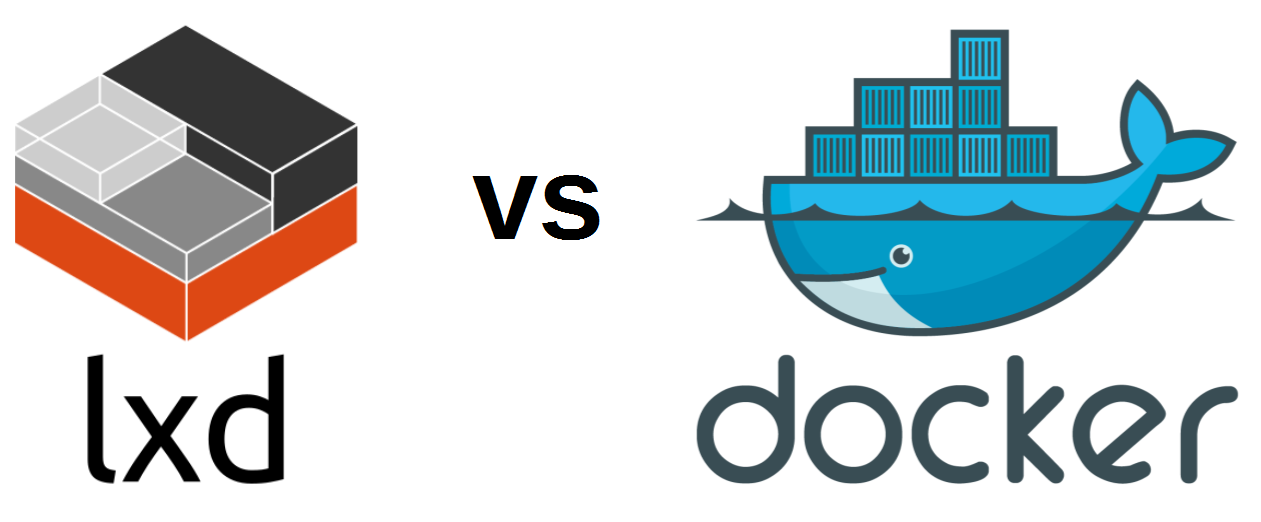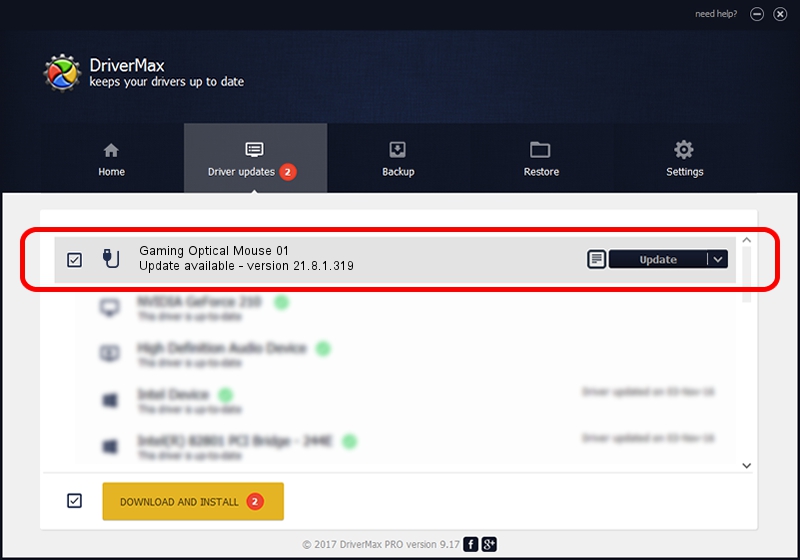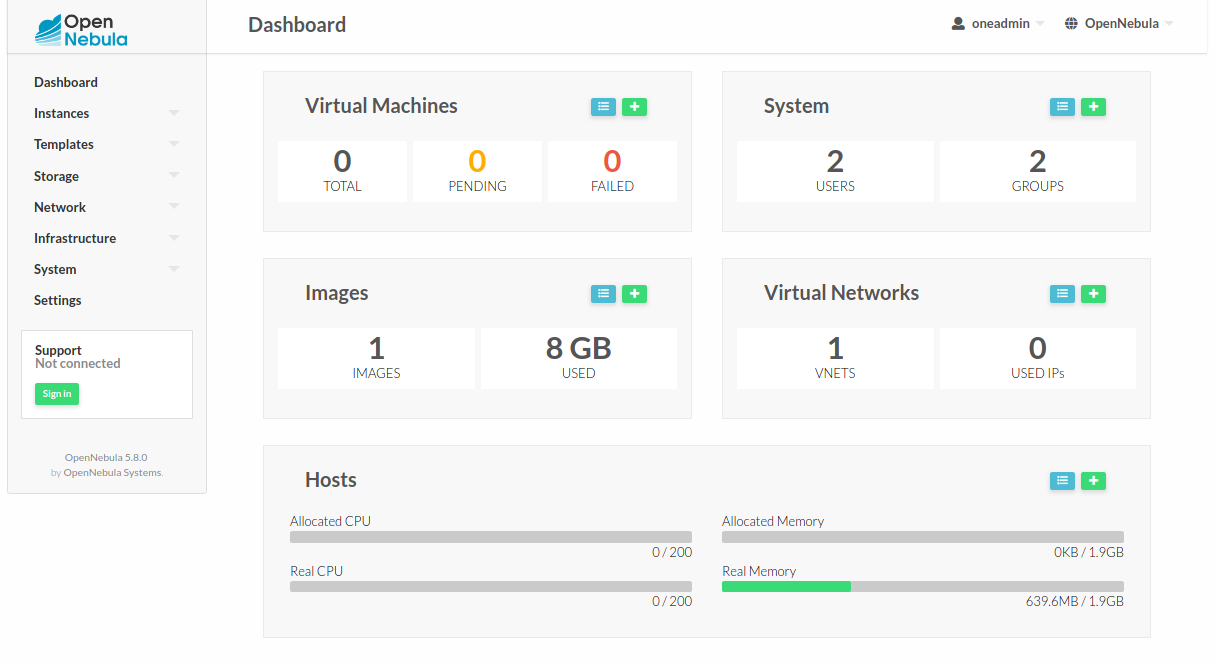LXD is a next generation system container and virtual machine manager.
It offers a unified user experience around full Linux systems running inside containers or virtual machines.
- For that, all you need to do is to pull the LXD image and launch it with a gui profile as described in this step-by-step tutorial. Download LXD Image 1. Install and setup LXD. Following the LXD Getting Started tutorial, install and initialize LXD on your host system (here Ubuntu 18.04, see tutorial for alternative platforms). Please make sure.
- Title Information; Package Name: L40.6X6: Package Previous Code: LXD: Package Description: 40 LEAD QFN 6X6: Package Status: Active: Package Type: QFN: Class: PLASTIC.
Filename GPG signature Size; lxd-4.11.tar.gz: lxd-4.11.tar.gz.asc: 14553.97K: lxd-4.10.tar.gz: lxd-4.10.tar.gz.asc: 14432.15K: lxd-4.9.tar.gz: lxd-4.9.tar.gz.asc.
It's image based with pre-made images available for a wide number of Linux distributions
and is built around a very powerful, yet pretty simple, REST API.
To get a better idea of what LXD is and what it does, you can try it online!
Then if you want to run it locally, take a look at our getting started guide.
Release announcements can be found here: https://linuxcontainers.org/lxd/news/
And the release tarballs here: https://linuxcontainers.org/lxd/downloads/
Status
| Type | Service | Status |
|---|---|---|
| CI (Linux) | Jenkins | |
| CI (macOS) | Travis | |
| CI (Windows) | AppVeyor | |
| LXD documentation | ReadTheDocs | |
| Go documentation | Godoc | |
| Static analysis | GoReport | |
| Translations | Weblate | |
| Project status | CII Best Practices |
Installing LXD from packages
The LXD daemon only works on Linux but the client tool (lxc) is available on most platforms.
| OS | Format | Command |
|---|---|---|
| Linux | Snap | snap install lxd |
| Windows | Chocolatey | choco install lxc |
| MacOS | Homebrew | brew install lxc |
More instructions on installing LXD for a wide variety of Linux distributions and operating systems can be found on our website.
Installing LXD from source
We recommend having the latest versions of liblxc (>= 3.0.0 required)available for LXD development. Additionally, LXD requires Golang 1.13 orlater to work. On ubuntu, you can get those with:
Note that when building LXC yourself, ensure to build it with the appropriatesecurity related libraries installed which our testsuite tests. Again, onubuntu, you can get those with:
There are a few storage backends for LXD besides the default 'directory' backend.Installing these tools adds a bit to initramfs and may slow down yourhost boot, but are needed if you'd like to use a particular backend:
To run the testsuite, you'll also need:

From Source: Building the latest version
These instructions for building from source are suitable for individual developers who want to build the latest versionof LXD, or build a specific release of LXD which may not be offered by their Linux distribution. Source builds forintegration into Linux distributions are not covered here and may be covered in detail in a separate document in thefuture.
When building from source, it is customary to configure a GOPATH which contains the to-be-built source code. When the sources are done building, the lxc and lxd binaries will be available at $GOPATH/bin, and with a littleLD_LIBRARY_PATH magic (described later), these binaries can be run directly from the built source tree.
The following lines demonstrate how to configure a GOPATH with the most recent LXD sources from GitHub:
When the build process starts, the Makefile will use go get and git clone to grab all necessary dependencies needed for building.
From Source: Building a Release
To build an official release of LXD, download and extract a release tarball, and then set up GOPATH to point to the_dist directory inside it, which is configured to be used as a GOPATH and contains snapshots of all necessary sources. LXDwill then build using these snapshots rather than grabbing 'live' sources using go get and git clone. Once the releasetarball is downloaded and extracted, set the GOPATH as follows:
Starting the Build
Once the GOPATH is configured, either to build the latest GitHub version or an official release, the following stepscan be used to build LXD.
The actual building is done by two separate invocations of the Makefile: make deps -- which builds libraries required by LXD -- and make, which builds LXD itself. At the end of make deps, a message will be displayed which will specify environment variables that should be set prior to invoking make. As new versions of LXD are released, these environmentvariable settings may change, so be sure to use the ones displayed at the end of the make deps process, as the onesbelow (shown for example purposes) may not exactly match what your version of LXD requires:
From Source: Installing
Once the build completes, you simply keep the source tree, add the directory referenced by $GOPATH/bin to your shell path, and set the LD_LIBRARY_PATH variable printed by make deps to your environment. This might looksomething like this for a ~/.bashrc file:
Now, the lxd and lxc binaries will be available to you and can be used to set up LXD. The binaries will automatically find and use the dependencies built in $GOPATH/deps thanks to the LD_LIBRARY_PATH environment variable.
Machine Setup
You'll need sub{u,g}ids for root, so that LXD can create the unprivileged containers:
Now you can run the daemon (the --group sudo bit allows everyone in the sudogroup to talk to LXD; you can create your own group if you want):
Security
LXD, similar to other container and VM managers provides a UNIX socket for local communication.

WARNING: Anyone with access to that socket can fully control LXD, which includesthe ability to attach host devices and filesystems, this shouldtherefore only be given to users who would be trusted with root accessto the host.
When listening on the network, the same API is available on a TLS socket(HTTPS), specific access on the remote API can be restricted throughCanonical RBAC.
More details are available here.
Getting started with LXD
Now that you have LXD running on your system you can read the getting started guide or go through more examples and configurations in our documentation.

Bug reports
Bug reports can be filed at: https://github.com/lxc/lxd/issues/new
Contributing
Fixes and new features are greatly appreciated but please read our contributing guidelines first.
Support and discussions
Forum
A discussion forum is available at: https://discuss.linuxcontainers.org
Mailing-lists
We use the LXC mailing-lists for developer and user discussions, you canfind and subscribe to those at: https://lists.linuxcontainers.org
IRC
If you prefer live discussions, some of us also hang out in#lxcontainers on irc.freenode.net.
FAQ
How to enable LXD server for remote access?
By default LXD server is not accessible from the networks as it only listenson a local unix socket. You can make LXD available from the network by specifyingadditional addresses to listen to. This is done with the core.https_addressconfig variable.
To see the current server configuration, run:
To set the address to listen to, find out what addresses are available and usethe config set command on the server:
When I do a lxc remote add over https, it asks for a password?
By default, LXD has no password for security reasons, so you can't do a remoteadd this way. In order to set a password, do:
on the host LXD is running on. This will set the remote password that you canthen use to do lxc remote add.
You can also access the server without setting a password by copying the clientcertificate from .config/lxc/client.crt to the server and adding it with:
How do I configure LXD storage?
LXD supports btrfs, ceph, directory, lvm and zfs based storage.
First make sure you have the relevant tools for your filesystem ofchoice installed on the machine (btrfs-progs, lvm2 or zfsutils-linux).
By default, LXD comes with no configured network or storage.You can get a basic configuration done with:
lxd init supports both directory based storage and ZFS.If you want something else, you'll need to use the lxc storage command:
BACKEND is one of btrfs, ceph, dir, lvm or zfs.
Unless specified otherwise, LXD will setup loop based storage with a sane default size.
For production environments, you should be using block backed storageinstead both for performance and reliability reasons.
How can I live migrate a container using LXD?
Live migration requires a tool installed on both hosts calledCRIU, which is available in Ubuntu via:
Lxd Driver Download Windows 10
Then, launch your container with the following,
And with luck you'll have migrated the container :). Migration is still inexperimental stages and may not work for all workloads. Please report bugs onlxc-devel, and we can escalate to CRIU lists as necessary.
Can I bind mount my home directory in a container?
Yes. This can be done using a disk device:
For unprivileged containers, you will also need one of:
- Pass
shift=trueto thelxc config device addcall. This depends onshiftfsbeing supported (seelxc info) - raw.idmap entry (see Idmaps for user namespace)
- Recursive POSIX ACLs placed on your home directory
Either of those can be used to allow the user in the container to have working read/write permissions.When not setting one of those, everything will show up as the overflow uid/gid (65536:65536)and access to anything that's not world readable will fail.

Privileged containers do not have this issue as all uid/gid inthe container are the same outside.But that's also the cause of most of the security issues with such privileged containers.
How can I run docker inside a LXD container?
In order to run Docker inside a LXD container the security.nesting property of the container should be set to true.
Note that LXD containers cannot load kernel modules, so depending on yourDocker configuration you may need to have the needed extra kernel modulesloaded by the host.
You can do so by setting a comma separate list of kernel modules that your container needs with:
We have also received some reports that creating a /.dockerenv file in yourcontainer can help Docker ignore some errors it's getting due to running in anested environment.
Hacking on LXD
Directly using the REST API
The LXD REST API can be used locally via unauthenticated Unix socket or remotely via SSL encapsulated TCP.
Via Unix socket
Via TCP
TCP requires some additional configuration and is not enabled by default.
JSON payload
The hello-ubuntu.json file referenced above could contain something like:
These steps will show you how to set up NVIDIA acceleration inside an LXD container.
Background
Setting up a container with GPU acceleration on NVIDIA systems is extremely easy, thanks to the libnvidia-container ebuild. This ebuild contains an abstraction layer and support tools which allow NVIDIA acceleration to be available inside containers, without having to install any NVIDIA-related tooling inside the container itself. LXD is set up to detect this framework when available and take advantage of it, providing easy access to CUDA as well as OpenGL on your host's NVIDIA graphics card.
Prerequisites
It is assumed that you are:
- Running Funtoo Linux 1.4 or later
- Have the proprietary NVIDIA drivers installed and running on your host system
- Have successfully followed the instructions on the main LXD page to start up a console-only
testcontainer.
LXD Setup on Host
Lxd Driver Download Free
After setting up LXD following the instructions on the main LXD page, you will next want to emerge libnvidia-container:
While this ebuild doesn't really require an initscript, there is a special command you need to run prior to starting LXD to get GPU acceleration to work. To make this easy and automatic, I've created an initscript just to perform this step for you. Add nvidia-container to your default runlevel:
When you run rc, lxd should restart, with nvidia-container starting after to configure everything for video acceleration. See /etc/init.d/nvidia-container for more information if you're curious about what it does.
You will also need to run this command as your regular user (we're assuming you're using a regular user account for your X session) to ensure that the container can access your X server. Additionally, you'll need to run this every time you restart your computer (you can put it in your ~/.xprofile file for convenience.)
What next? That's it! You're ready to start using GPU acceleration inside your container.
Lxd Driver Download Mac
LXD Setup for Container
LXD setup for the container is also extremely easy. First, let's create a test container called nvidia-test:
Now, we'll edit its configuration to enable access to the goodies:
Make sure the following bits are added to the YAML:
In my environment, my DISPLAY environment variable is set to :1, thus I also set this variable inside the container. If yours is, for example :0, set it to that value instead. This, along with the X11-unix mapping, will allow X applications to run. Without these two things, you will still have access to the GPU inside your container, but can only use non-GUI CUDA apps.
The mygpu part automatically configures access to the NVIDIA graphics card on your system.
After the config changes, reboot your container for good measure:
LXD Setup Inside Container
Once the LXD container is configured properly, we can now enter the container to complete configuration:
LXD Driver Download
You will need to emerge nvidia-drivers and xorg-server to provide a basic environment for accelerated NVIDIA drivers to function. The following setup is suggested:
Now, you can perform a quick investigation of your GL environment. Try running glxinfo inside your container, as root. You should see output that looks like this:
Lxd Driver Download Windows 7
You should also be able to run glxgears and have it open an X window on your host's X display :1, using full GPU acceleration:

You should be greeted with the glxgears application running in an X window.
Conclusion
We've successfully set up an unprivileged Funtoo Linux container within LXD that has the ability to run GPU-accelerated apps on the host's X session. You should be able to replicate this setup with any other Linux distributions, provided that you are able to install the NVIDIA drivers inside the container. Remember to run xhost +local: after every reboot under the user account that runs the X session, or to add this to your ~/.xprofile file so it is run every time your X session starts.
